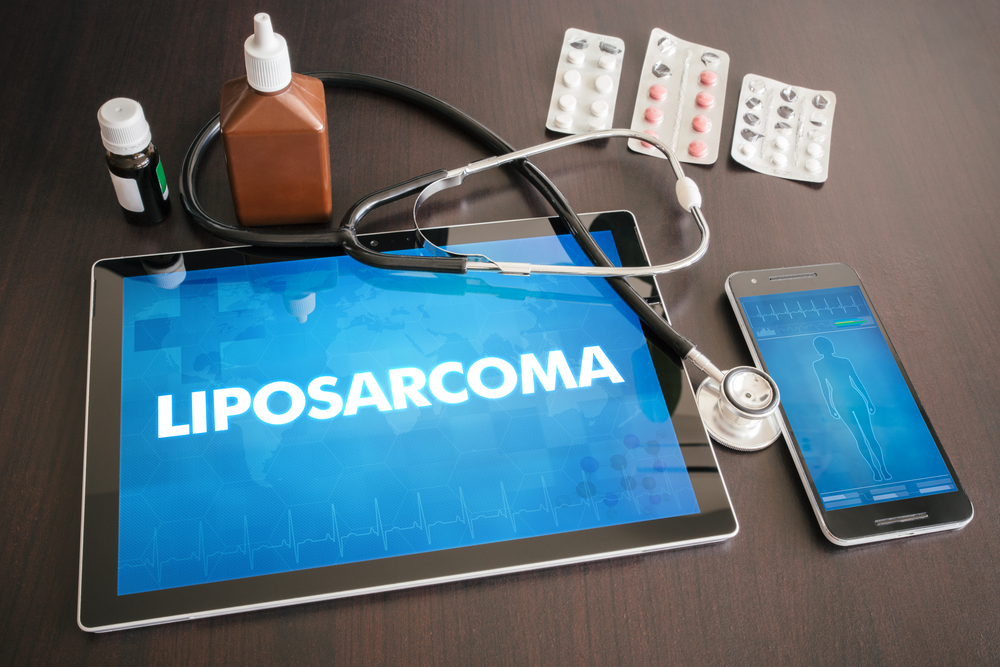TYPES
There are four types of liposarcoma, each with its one of a kind attribute and characteristic feature.
Beginning as low-grade tumors, well-differentiated liposarcomas are the most widely recognized subtype. Under the lens of a microscope, low-grade tumor cells look similar to typical fat cells, and will, in general, develop and change gradually.
Myxoid liposarcoma is an intermediary between an intermediate or high-grade tumor. These tumor cells are high-grade and look unique under the microscope.
Being the rarest of all subtypes, pleomorphic liposarcoma is a high-grade tumor with cells that appear to be distinct in contrast to ordinary cells.
When a low-grade tumor changes, the newer cells in the tumor become high grade, as in dedifferentiated liposarcoma.
The danger of recurrence and metastasis with liposarcoma increases with higher grade and therefore warrants more careful monitoring by a physician.
SYMPTOMS
The vast majority of individuals with liposarcoma don’t feel debilitated. They may see a lump (which can be delicate or firm to the touch) that is typically painless and slow-growing. Lamentably, tumors in the stomach area can develop to be very huge before they are found.


